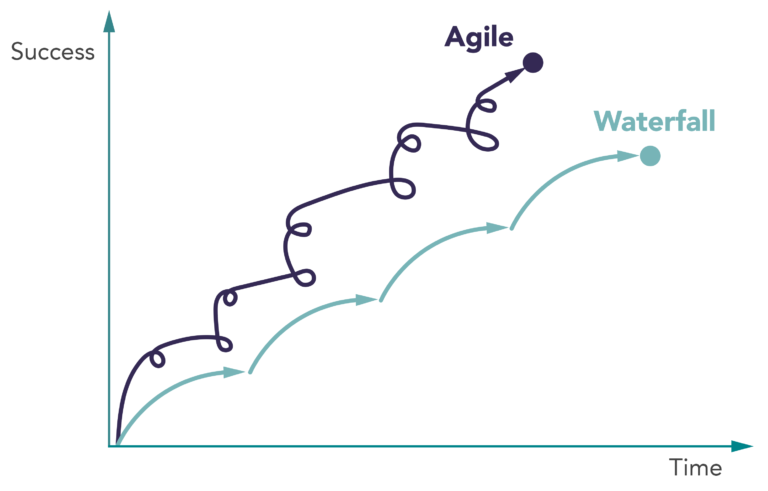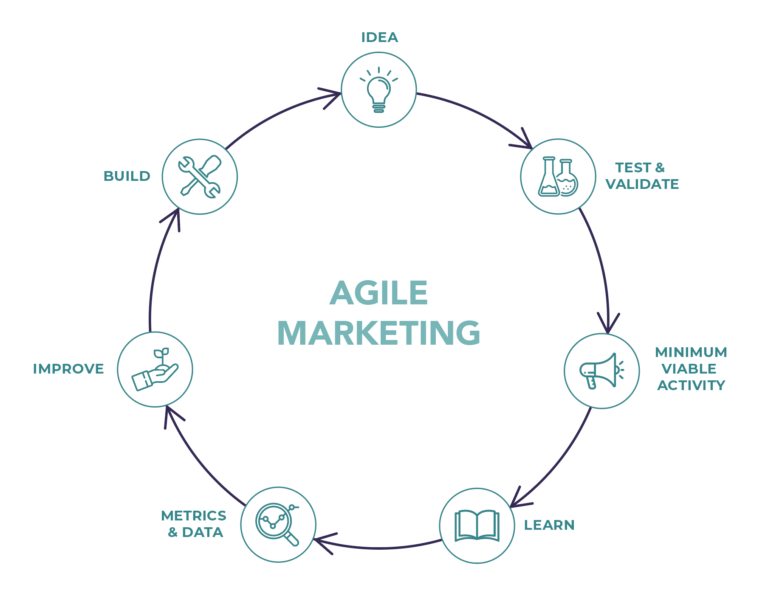CMO point of view: Testing agile marketing to drive results
“Those who can best manage change will survive.”
Whether you attribute this paraphrased statement to Charles Darwin or someone else, it’s as relevant today as it’s ever been – particularly for Chief Marketing Officers and senior marketers.
To see why, just look around at unparalleled disruption from Brexit, Covid-19 and environmental factors such as climate change, combined with the pace of digital transformation. Technology and data are the catalyst for keeping pace and adapting. For those of us in the business of marketing technology and the products and services that surround it, campaigns have to be just as fast (and agile) to yield sustainable success.
I know it’s easy to say (or write) that CMOs need to leverage agility at pace. But we all know it’s not that easy to incorporate agility and run effective brand building and integrated campaigns. Sometimes it’s down to not having the right tools, not having the time to research what your competitors are up to, or how to change an internal culture used to waterfall ways of working.
Agile is no longer part of start-up thinking — but it’s being adopted by some of the biggest global players
Transforming all this takes time, and that’s a commodity few CMOs have these days. If this all sounds familiar to you, involving external experts (such as Bright), who specialise in agile marketing, can help you work out the best way to approach embedding new ways of working into your team and the wider organisation without impacting the day-to-day marketing tasks you still have to deliver on throughout transformation.
Getting started with agile marketing
Injecting agile might sound simple, but it involves a change of mindset in your team culture, new processes and sometimes tools or tech. If you don’t have the right skills in your team today, then seeking outside support accelerates that change, minimises risk and avoids the common issues that could undermine the transition. Use a Proof of Concept to research, test and learn what would work best for your organisation and team to start the journey, maintain momentum and embed the right model.
Fintech company injects agility to drive better marketing results
To give you a better idea of this all works, we’ve broken down the true story of how a CMO from a Fintech software and services company championed agile marketing transformation.
Specialising in providing real-time transaction control and enterprise integrity solutions, their sales cycle usually falls somewhere between six and nine months. However, they wanted to accelerate results over a three-month period, and with target accounts in the US and UK, they needed to drive results in both of these territories.
With all this in mind, the CMO wanted to understand if an agile marketing approach was the way to go. Our team needed to prove that it would help the organisation achieve the following:
1. Become more results focused
The agile method of testing, learning and iterating would let the team take more risks, try new approaches and know early-on if their efforts were working.
2. Achieve rapid time to market
‘Sprints’ had helped them get their software to market faster, so they wanted to apply the same approach to their marketing strategies.
[Marketing strategies] need to be scientific. CMOs need to set hypotheses and learn and optimise from every experiment – Zoe Merchant, MD at Bright
3. Become more adaptable
Knowing that software succeeds only when it’s been developed iteratively with a Proof of Concept (PoC), a Minimum Viable Product (MVP) or prototype, they wanted the same iterative approach when going to market to cover the expected, and unexpected, over the three-month campaign.
4. Make data-driven decisions
The marketing team needed a steady source of data to quickly understand their performance and validate and share what they were doing.
The end game: 12 high quality opportunities in 12 weeks
On top of these results, the Fintech firm gained a framework that they can use to scale as they grow and build more campaigns. Alongside the results, this is a major value-add from the journey.
The client can now execute ideas, understand their needs, and meet expectations much faster. They get continuous feedback from marketing, sales, and their data, helping them align their teams with results and insight. What’s more, they now feel free to experiment with less risk, and confident that marketing with agility and pace will support their future business goals.



